-
 bitcoin
bitcoin $108221.513755 USD
-0.10% -
 ethereum
ethereum $3817.049350 USD
-1.16% -
 tether
tether $1.000184 USD
-0.03% -
 bnb
bnb $1081.373706 USD
1.55% -
 xrp
xrp $2.367284 USD
-2.30% -
 solana
solana $180.847708 USD
-3.07% -
 usd-coin
usd-coin $0.999936 USD
0.00% -
 tron
tron $0.322230 USD
-0.06% -
 dogecoin
dogecoin $0.190590 USD
-1.92% -
 cardano
cardano $0.626657 USD
-2.42% -
 hyperliquid
hyperliquid $37.280123 USD
6.15% -
 chainlink
chainlink $17.222315 USD
-2.46% -
 ethena-usde
ethena-usde $0.999312 USD
-0.03% -
 stellar
stellar $0.309699 USD
-0.98% -
 bitcoin-cash
bitcoin-cash $475.445788 USD
-1.02%
A guide to understanding mining rewards and fees
Mining rewards and transaction fees together secure blockchains, balancing new coin issuance with user-driven payments to incentivize miners.
Oct 19, 2025 at 06:00 am
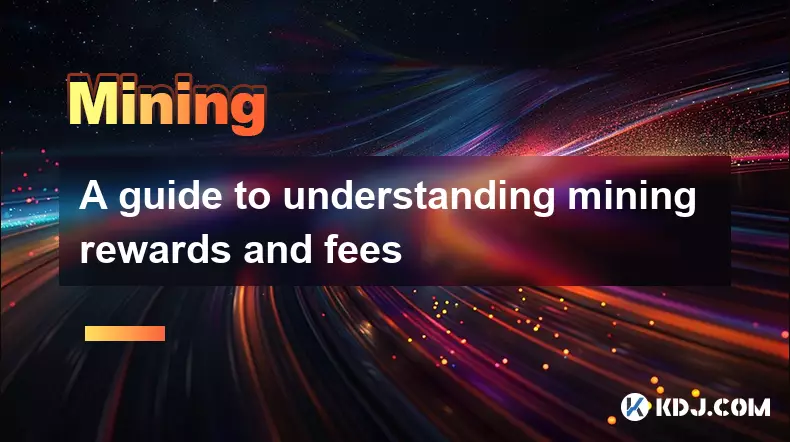
Mining Rewards: The Incentive Behind Blockchain Security
1. Mining rewards are the primary incentive for miners to dedicate computational power to secure a blockchain network. When a miner successfully solves a cryptographic puzzle and adds a new block to the chain, they are rewarded with newly minted cryptocurrency. This process is fundamental in proof-of-work systems like Bitcoin, where each block mined introduces fresh coins into circulation.
2. The amount of the mining reward is predetermined by the protocol and often undergoes periodic reductions known as halvings. For example, Bitcoin started with a 50 BTC reward per block, which has since been reduced multiple times. These halvings occur approximately every four years or after every 210,000 blocks, ensuring scarcity and controlled inflation.
3. Miners rely heavily on these block rewards, especially in the early stages of a blockchain’s lifecycle when transaction volume—and therefore fees—are relatively low. Without this incentive, participation in mining would drop significantly, weakening network security and increasing vulnerability to attacks.
4. As time progresses and the block reward diminishes, the economic model shifts toward greater reliance on transaction fees. However, during periods of high demand, even smaller block rewards can remain lucrative due to the accumulation of fees from prioritized transactions.
5. The sustainability of mining depends on a balanced reward structure that compensates miners fairly while maintaining long-term network viability. If rewards fall too quickly without sufficient fee income, miners may abandon less profitable chains, leading to centralization or reduced confirmation speeds.
Transaction Fees: Market-Driven Compensation for Miners
1. Transaction fees are payments made by users to have their transactions included in a block. Unlike fixed block rewards, fees fluctuate based on supply and demand dynamics within the network. When many users are sending transactions simultaneously, congestion occurs, prompting users to offer higher fees to outbid others for faster processing.
2. Fee levels are typically calculated per unit of data, such as satoshis per byte in Bitcoin or gwei per gas in Ethereum. Users configure these fees manually or through wallet software that estimates optimal rates based on current network conditions.
3. Miners prioritize transactions offering higher fees because it maximizes their earnings. This creates a competitive marketplace where urgency translates into cost. During peak usage—such as during NFT drops or major market movements—fees can spike dramatically, sometimes reaching several dollars per transaction.
4. Some blockchains implement advanced fee mechanisms to improve predictability. Ethereum’s EIP-1559 introduced a base fee that is burned and a tip (priority fee) paid directly to miners, separating network congestion pricing from miner compensation. This design aims to stabilize user experience while preserving miner incentives.
5. Transaction fees serve both as an anti-spam mechanism and a critical revenue stream, especially as block rewards decline over time. Networks must carefully calibrate fee structures to avoid discouraging small transactions or excluding lower-income users.
The Evolution of Miner Revenue Models
1. Early blockchain networks relied almost entirely on block subsidies to attract miners. With limited adoption and minimal transaction activity, fees contributed little to overall miner income. As these networks matured, fee-based revenue began playing a larger role during periods of high throughput.
2. In Bitcoin, miner revenue historically peaked during bull markets when speculative trading surged. Blocks became full, users competed for space, and fees sometimes accounted for over 50% of total miner income in short bursts. These spikes highlight the volatility inherent in fee-dependent models.
3. Layer-2 solutions like the Lightning Network aim to reduce on-chain congestion by enabling off-chain transactions. While beneficial for scalability, widespread adoption could suppress fee income unless offset by increased channel opening/closing activity or other on-chain interactions.
4. Alternative consensus mechanisms, such as proof-of-stake, replace traditional mining with validator staking but retain similar reward and fee concepts. Validators receive issuance rewards and collect transaction fees, though the distribution method differs significantly from proof-of-work systems.
5. The transition from block rewards to fee dominance represents a pivotal challenge for long-term decentralization and security across public blockchains. Networks failing to maintain adequate compensation risk losing honest participants to more profitable alternatives.
Frequently Asked Questions
What happens to mining rewards after all coins are mined?Once the maximum supply of a cryptocurrency like Bitcoin is reached—projected around the year 2140—no new coins will be issued as block rewards. At that point, miners will depend solely on transaction fees for compensation. The feasibility of this model hinges on sustained transaction demand and efficient fee markets.
How do miners choose which transactions to include?Miners select transactions based on the fees offered per unit of data. Higher-paying transactions are bundled first into blocks. Most mining software automatically sorts pending transactions from mempools in descending order of fee rate, optimizing profitability for each block.
Can transaction fees become too high for regular users?Yes, during periods of extreme congestion, fees can rise to levels that make small transfers economically impractical. This has led to criticism about accessibility and prompted innovations like batched transactions, SegWit adoption, and layer-2 scaling to mitigate costs.
Do all blockchains use the same fee structure?No, fee models vary widely. Bitcoin uses a simple bid-based system, while Ethereum employs a dynamic base fee plus optional tips. Other chains use flat fees, bandwidth-based models, or even zero-fees funded by inflation. Each approach reflects different design priorities around usability, fairness, and security.
Disclaimer:info@kdj.com
The information provided is not trading advice. kdj.com does not assume any responsibility for any investments made based on the information provided in this article. Cryptocurrencies are highly volatile and it is highly recommended that you invest with caution after thorough research!
If you believe that the content used on this website infringes your copyright, please contact us immediately (info@kdj.com) and we will delete it promptly.
- Essex Post Office, 5p Coins, and King Charles: A Royal Mint Revelation!
- 2025-10-23 10:30:16
- Waymo's Newark Airport AV Tests: Alphabet's AI Gamble Pays Off?
- 2025-10-23 10:30:16
- King Charles 5p Coins: A Royal Flush in Your Pocket?
- 2025-10-23 10:35:18
- Solana, Crypto Advisory, and Forward Industries: A New York Minute on the Future of Finance
- 2025-10-23 08:51:22
- MAGACOIN: Ethereum Whales Dive into the Hottest Presale of 2025
- 2025-10-23 08:51:22
- Kadena's End of the Road? KDA Token Plummets Amid Project Abandonment
- 2025-10-23 08:55:34
Related knowledge
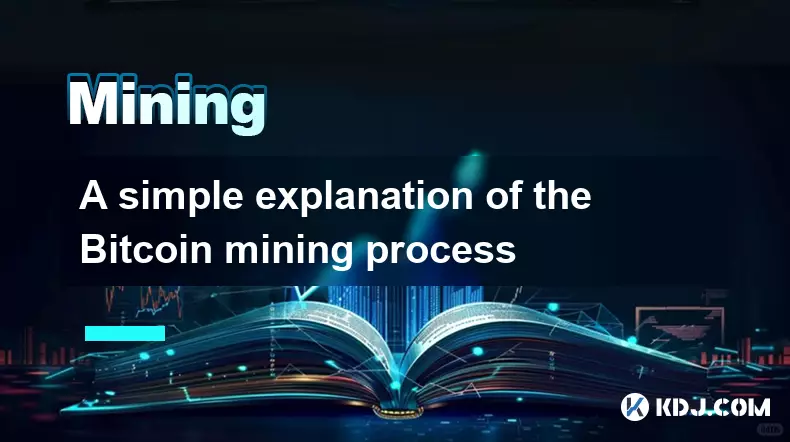
A simple explanation of the Bitcoin mining process
Oct 21,2025 at 05:54am
What Is Bitcoin Mining?1. Bitcoin mining is the process by which new bitcoins are introduced into circulation and transactions are verified on the blo...
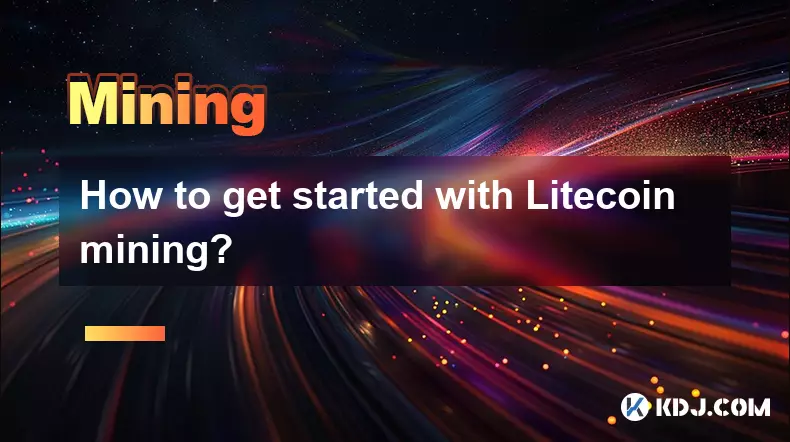
How to get started with Litecoin mining?
Oct 19,2025 at 07:01am
Understanding Litecoin Mining Basics1. Litecoin mining involves verifying transactions on the Litecoin blockchain using computational power. Miners so...
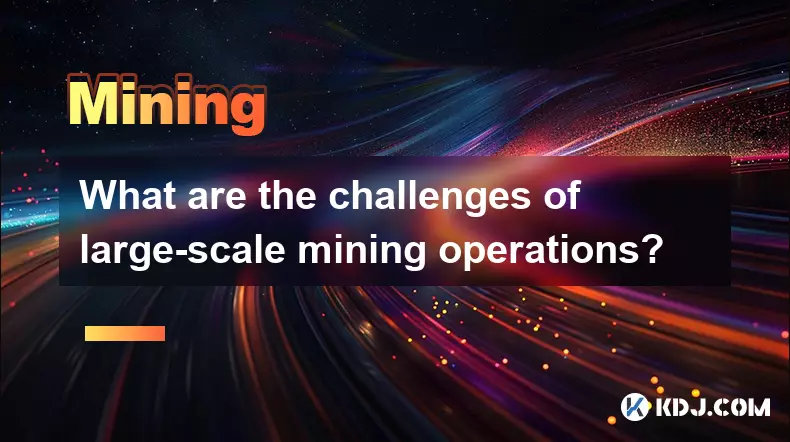
What are the challenges of large-scale mining operations?
Oct 18,2025 at 07:01pm
Energy Consumption and Power Management1. Large-scale mining operations require massive amounts of electricity to power thousands of ASICs or GPUs run...
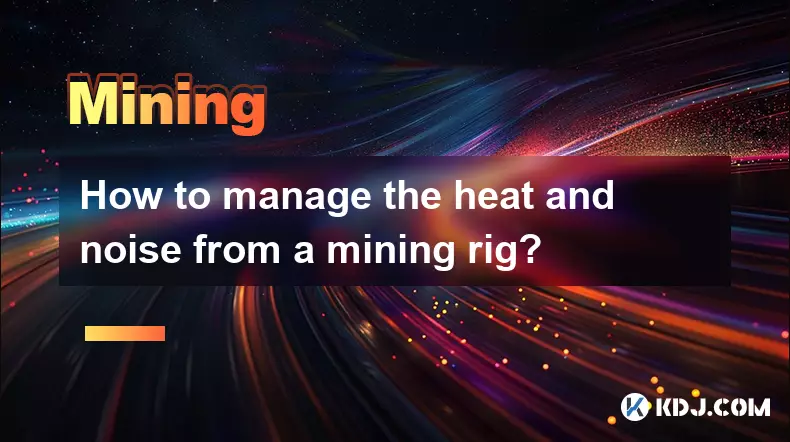
How to manage the heat and noise from a mining rig?
Oct 22,2025 at 05:36pm
Optimizing Ventilation for Mining Rigs1. Proper airflow is essential when running a mining rig continuously. Position the rig in a well-ventilated roo...

Can a Raspberry Pi be used for crypto mining?
Oct 21,2025 at 04:18pm
Feasibility of Using Raspberry Pi for Cryptocurrency Mining1. The Raspberry Pi is a compact, low-power single-board computer designed primarily for ed...
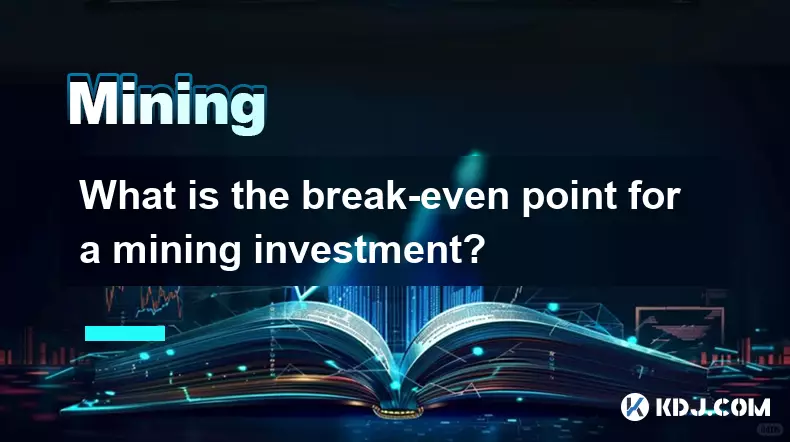
What is the break-even point for a mining investment?
Oct 21,2025 at 03:36am
Understanding the Break-Even Point in Cryptocurrency MiningThe break-even point in cryptocurrency mining refers to the moment when the total revenue g...

A simple explanation of the Bitcoin mining process
Oct 21,2025 at 05:54am
What Is Bitcoin Mining?1. Bitcoin mining is the process by which new bitcoins are introduced into circulation and transactions are verified on the blo...

How to get started with Litecoin mining?
Oct 19,2025 at 07:01am
Understanding Litecoin Mining Basics1. Litecoin mining involves verifying transactions on the Litecoin blockchain using computational power. Miners so...

What are the challenges of large-scale mining operations?
Oct 18,2025 at 07:01pm
Energy Consumption and Power Management1. Large-scale mining operations require massive amounts of electricity to power thousands of ASICs or GPUs run...

How to manage the heat and noise from a mining rig?
Oct 22,2025 at 05:36pm
Optimizing Ventilation for Mining Rigs1. Proper airflow is essential when running a mining rig continuously. Position the rig in a well-ventilated roo...

Can a Raspberry Pi be used for crypto mining?
Oct 21,2025 at 04:18pm
Feasibility of Using Raspberry Pi for Cryptocurrency Mining1. The Raspberry Pi is a compact, low-power single-board computer designed primarily for ed...

What is the break-even point for a mining investment?
Oct 21,2025 at 03:36am
Understanding the Break-Even Point in Cryptocurrency MiningThe break-even point in cryptocurrency mining refers to the moment when the total revenue g...
See all articles










































































